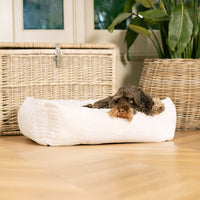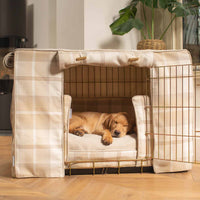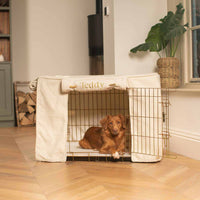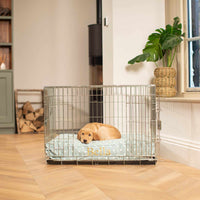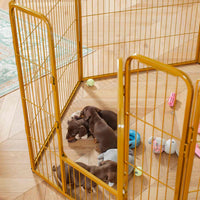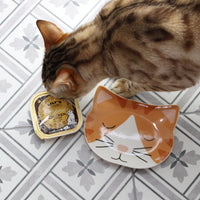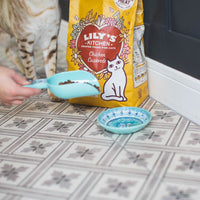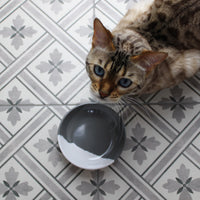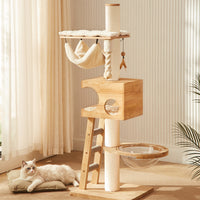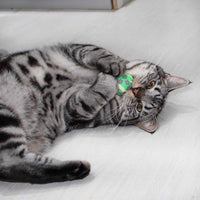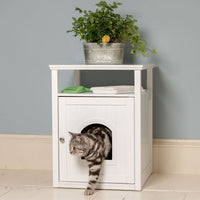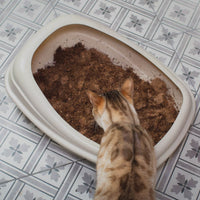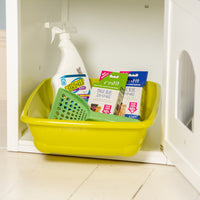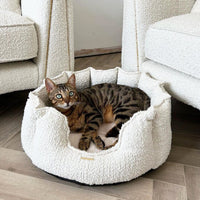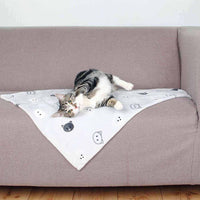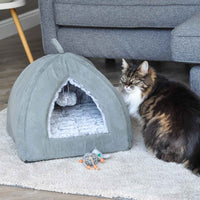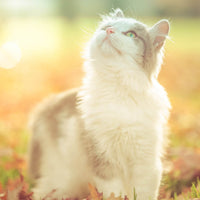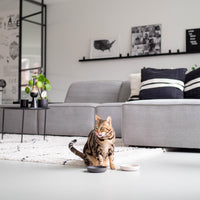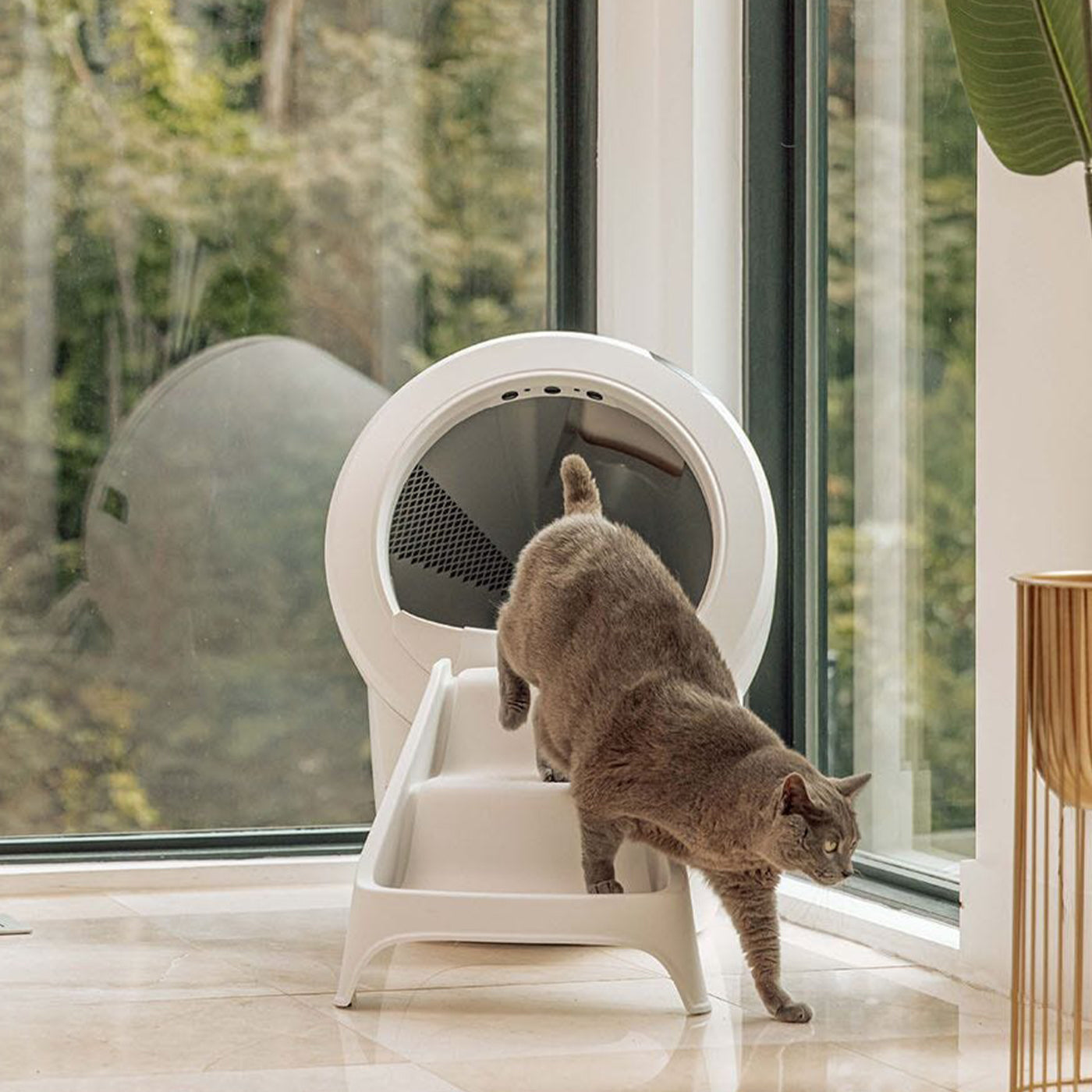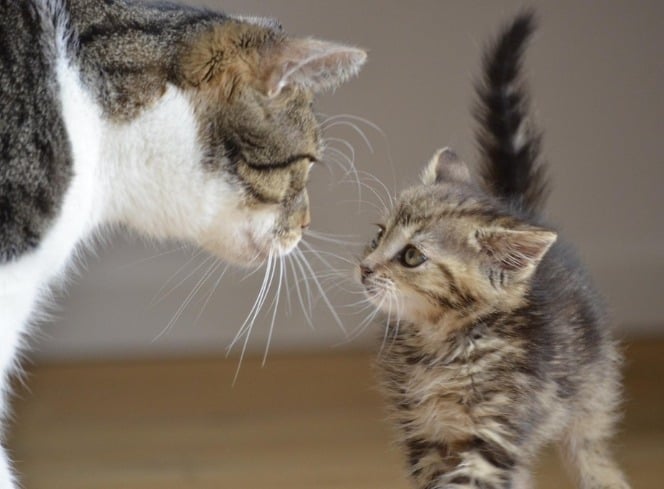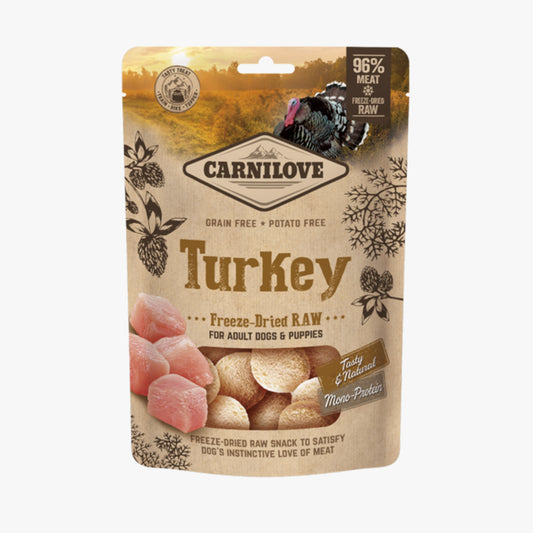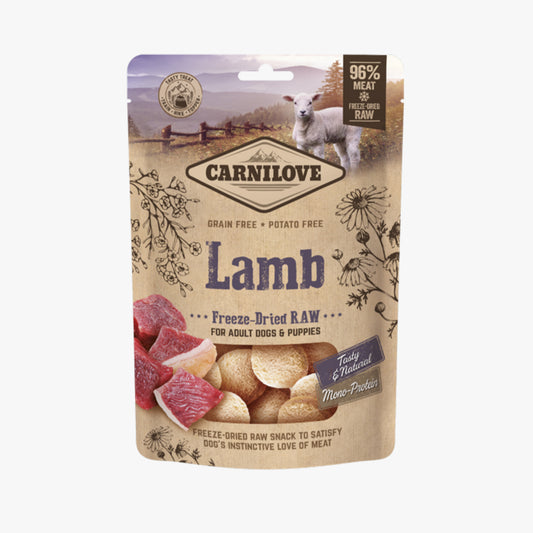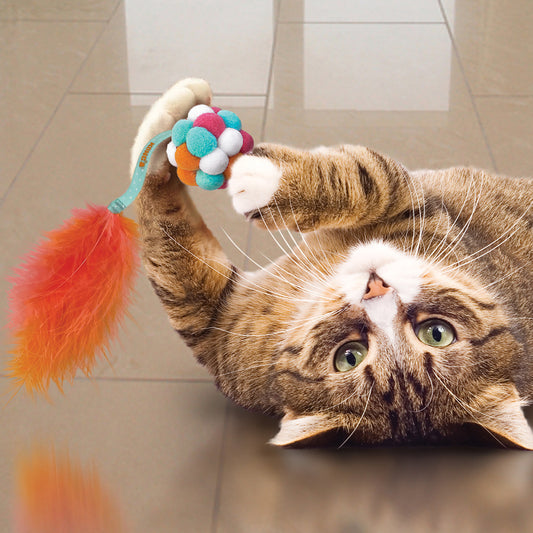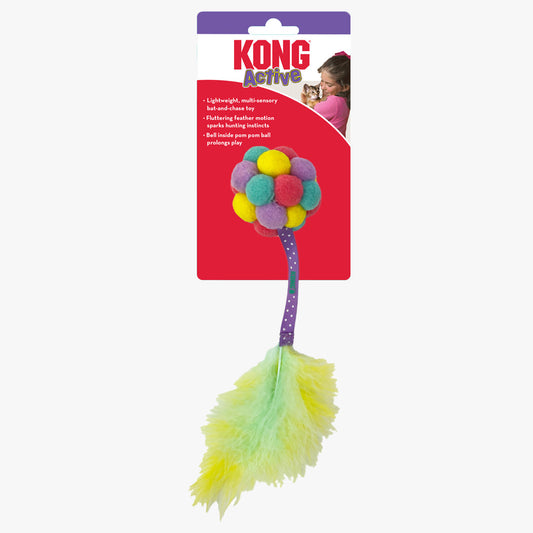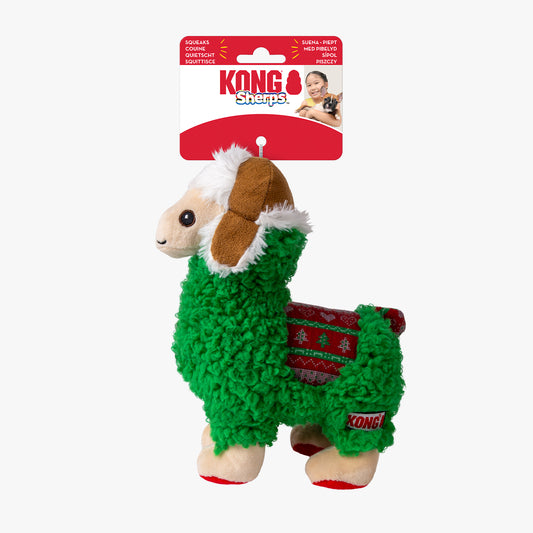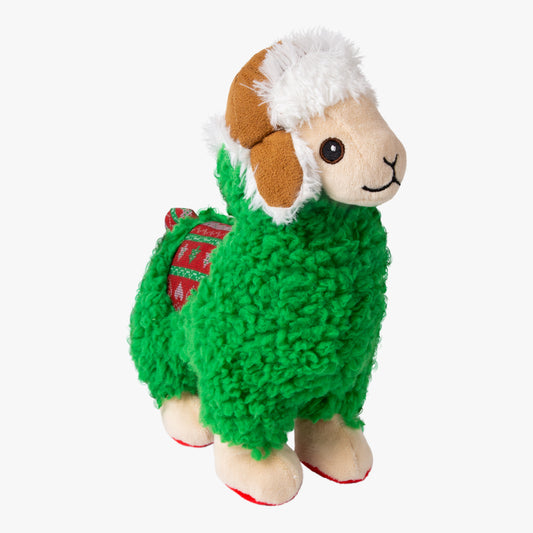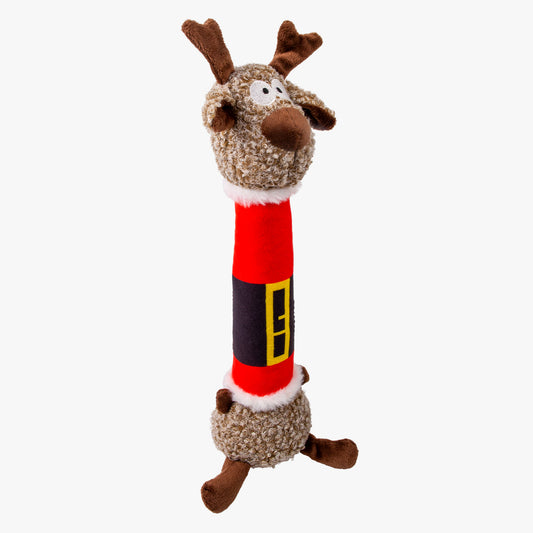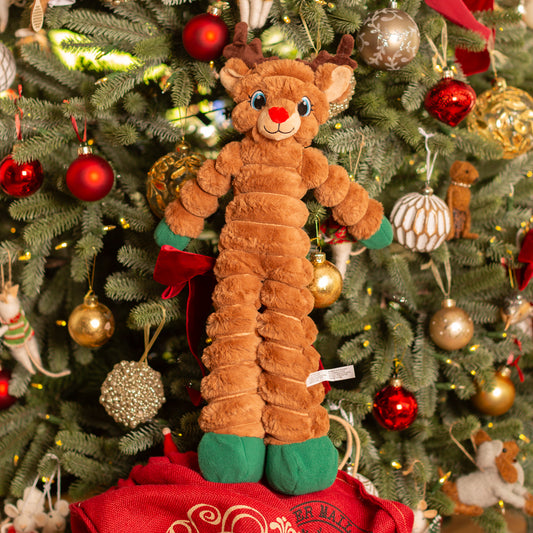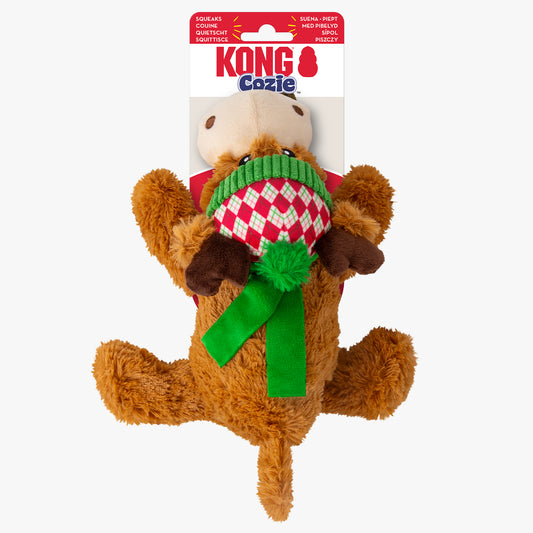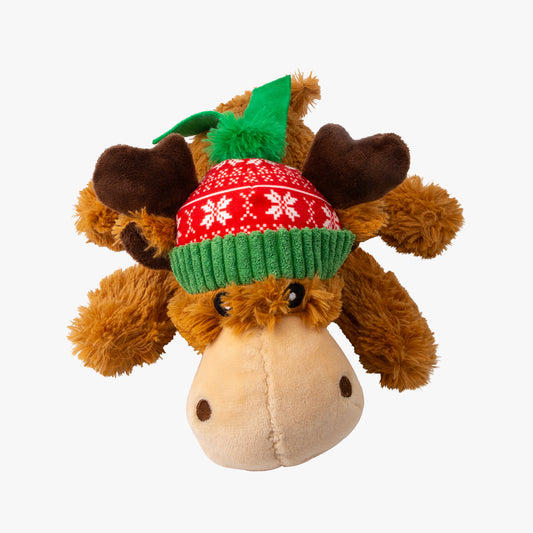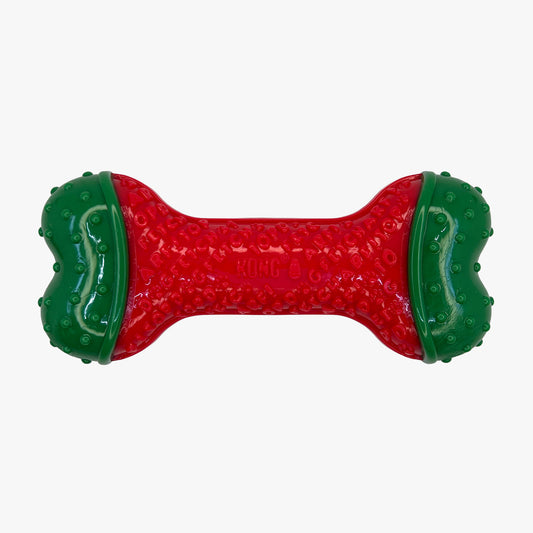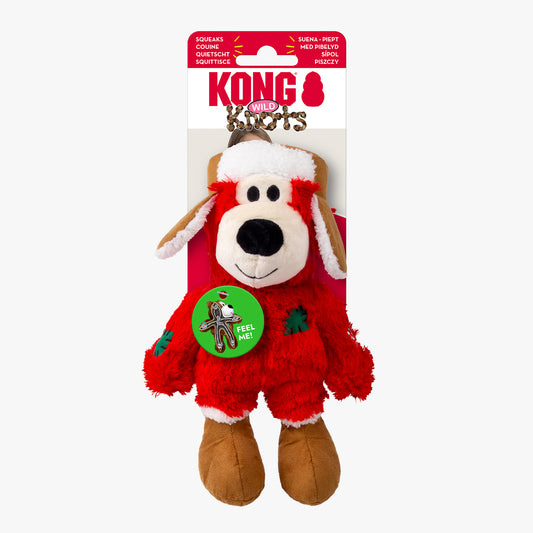If you’ve ever considered bringing home a feline companion, you’re far from alone. Thousands of people each year choose to adopt a cat, and with good reason. From their playful purrs to their calming presence, cats enrich our lives in countless ways.
Whether you’re a first-time pet parent wondering “How do I adopt a cat?” or an experienced owner thinking about bringing home a second kitty, this guide will walk you through the top reasons to adopt a cat, explain how to adopt, and offer tips on how to get ready for a cat’s arrival.
1. You’re Giving a Cat a Second Chance

One of the primary reasons to adopt a cat is that you’re directly helping a cat rescue organisation. When you adopt a cat, especially from a shelter or rescue centre, you’re giving a deserving pet a second chance at a happy life. Many cats end up in shelters due to circumstances beyond their control—such as an owner’s change in living situation or financial hardship. By choosing adoption, you’re opening up space in the shelter so they can rescue another cat in need. It’s a wonderful, compassionate way to expand your family while making a tangible difference in an animal’s life.
2. They’re Brilliant Companions for Busy People
Cats are famously independent compared to many other pets, particularly dogs. They don’t need constant companionship or walks in the same way a dog might. Of course, cats still thrive on attention, affection, and regular play sessions, but they’re generally content to lounge, explore, and entertain themselves throughout the day. This makes them a superb choice for people with busy schedules, small living spaces, or limited mobility. Adopting a cat means you’ll have a friendly presence at home without needing to restructure your entire routine.
3. They Can Help Reduce Stress

Multiple studies have shown that spending time with a cat can lower blood pressure and help alleviate stress and anxiety. The gentle sound of purring alone can be incredibly soothing. Cats also encourage us to take moments of mindfulness—pausing to stroke a cat or watch them curiously explore their surroundings is a wonderful way to break from daily worries. In short, one of the loveliest reasons to adopt a cat is the wellbeing boost they can offer.
4. They’re Perfect for All Ages
When considering how to adopt a cat, you’ll likely encounter felines of various ages, from sprightly kittens to calm seniors. This opens a world of possibilities to suit your lifestyle. Kittens are playful and energetic, making them delightful for families with children who’ll enjoy plenty of playtime. Meanwhile, older cats can be more laid-back and a good choice for singles, couples, or seniors looking for a calm companion. If you already have a resident cat or dog, adopting another cat of a compatible age and temperament might be the perfect way to expand your furry family.
5. Adopting Encourages Responsible Pet Ownership

Opting for a cat rescue is a responsible choice that helps to combat the issue of pet overpopulation. Shelters and rescue centres typically ensure cats are vaccinated, spayed or neutered, and microchipped before adoption. This not only saves you time and money but also promotes best practices for pet ownership. Additionally, many rescue organisations offer post-adoption support. If you have questions about settling your new cat in or introducing them to existing pets, they’ll often be just a phone call or email away.
6. You Can Often Find the Ideal Personality Match
Cats are as individual as humans when it comes to personality. If you’re searching for a lap cat who loves hours of snuggle time, you can find one. If you want a more independent kitty who mostly keeps themselves occupied but occasionally stops by for a head rub, there’s one out there. By looking into how to adopt a cat through a reputable rescue, you can chat with experienced volunteers and staff who already know the cats’ temperaments. They can guide you to the perfect feline companion for your household, whether you live alone in a cosy flat or have a bustling household of children and other pets.
7. Adopting Supports Ethical Practices

Beyond simply bringing home an adorable new friend, adopting also ensures you’re not unintentionally supporting unethical breeding or pet mills. By giving your support to reputable rescues, you’re part of a community that values the wellbeing of all animals. These organisations often rely on donations and adoption fees to continue their lifesaving work. This cycle of kindness not only benefits the cat you adopt but helps countless others who remain in shelters or foster care.
How to Adopt a Cat: Practical Steps
You might be wondering, “How do I adopt a cat?” or “Where do I begin?” The process is typically straightforward but may vary by location and rescue. Here’s a general outline:
- Research Local Shelters and Rescues: Start by searching online for cat rescue organisations and local humane societies. Many have websites showcasing available cats, complete with pictures and personality descriptions. There are national animal charities like Blue Cross or Cats protection that you can adopt a cat from, alternatively there a plenty of small local rescue centres to choose from!
- Fill Out an Application: Most shelters require a basic application that includes details about your home and lifestyle. Don’t worry—this is just to ensure a good match.
- Visit in Person: Once your application is processed, schedule a meet-and-greet. This is the fun part—spending time with various cats to see who clicks with you.
- Final Checks: Depending on the rescue’s policies, you may have a brief home visit or reference checks. This step ensures you can provide a safe, loving environment.
- Adoption Fee and Paperwork: Pay the adoption fee, which often covers vaccinations, spaying/neutering, and microchipping. Sign the final paperwork, and you’re ready to bring your new family member home.
How to Get Ready for a Cat

Once you’ve decided to adopt a cat, preparation is key. Cats may be relatively independent, but they still need a proper setup to feel comfortable and secure.
- Designated Space: Prepare a quiet room or corner with a cosy bed, litter tray, and scratching post. Having a private, contained area helps your cat acclimate without feeling overwhelmed.
- Quality Food and Water: Invest in high-quality cat food suitable for your cat’s age and health needs, a good starting point is to chat with the rescue centre you are adopting from about what dietary needs your cat has and the food they’re already on. Ensure fresh water is always available in a clean bowl or fountain.
- Litter and Litter Box: Select a litter that’s gentle on paws and easy to scoop. You might start with the same type of litter the cat is used to from the shelter to ease the transition.
- Scratching Post or Cat Tree: Cats love to scratch—this is natural and helps keep their claws healthy. Providing a scratch post or cat tree can save your furniture from damage.
- Toys and Enrichment: Mental stimulation is crucial. Stock up on interactive toys, puzzle feeders, and anything that encourages a cat’s natural hunting instincts. Toys like wands and teasers are great for playing with your new cat with as they will encourage them to bond with you and in turn help them settle in to their new forever home.
- Routine Vet Care: Schedule a wellness check with a trusted vet as soon as possible. They’ll make sure your new companion is in good health and up-to-date on any necessary vaccinations.
At Lords & Labradors, we understand how important it is to have all the right essentials on hand. We offer an extensive range of cat products, from premium beds to keep your cat snug, to scratching posts that let them indulge in their natural behaviours.
Embracing the Joy of Cat Parenthood

Adopting a cat is a long-term commitment that brings immeasurable joy. From the first quiet purr in the morning to the evening snuggles, a cat can transform an ordinary day into something special. Whether you’re adopting your very first feline friend or considering a second cat to keep your current pet company, you’ll soon discover just how comforting and entertaining they can be.
What starts with a gentle meow can blossom into years of companionship. Adopting a cat opens the door to daily doses of cuteness, a loyal confidante who listens (and sometimes meows back), and a stress-reliever who’s always there to brighten your day.
Final Thoughts
The reasons to adopt a cat are as varied as the cats themselves: you’ll be saving a life, supporting ethical practices, and gaining a loving companion. With the right preparation and a bit of patience, you’ll soon wonder how you ever lived without a feline friend curling up in your lap or peeking around the corner to greet you.
If you’re wondering “How do I adopt a cat?”, remember that each rescue and shelter can guide you through the process step by step. Ask questions, meet various cats, and trust your instincts when you find “the one.” Don’t forget to stock up on the essentials to make your new friend feel right at home—a comfy bed, quality food, toys for mental stimulation, and a scratching post for those curious claws.
Before you know it, you’ll be sharing your life with a loving companion who offers comfort, amusement, and the sweetest purrs. And that’s something every cat parent can celebrate.


